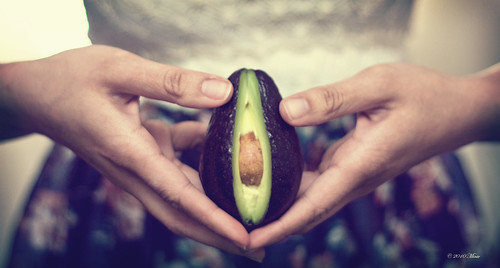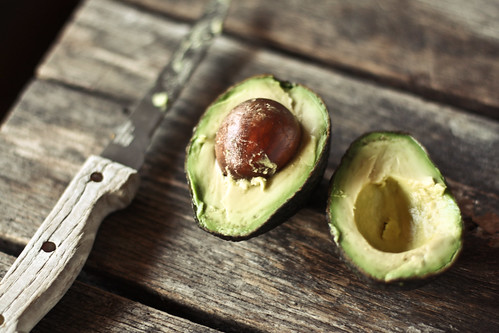Open, Sesame!
Growing up in my little organic village in Israel, my parents tried to grow almost anything imaginable until they nailed down what’s the ideal crop for their little piece of land (olives, lemons and pumpkins seem to be the winners in this particular micro-climate). One winter we unearthed peanuts from the soil; another year we had to sort through thousands of lentils that my stepfather beat up with a large wooden stick laid out on large sheets of canvas. And there was this one year, when he went all ambitious and planted an entire field of sesame plants. The harvesting was everything but easy, even if I think he hired a machine to cut down the plants – taking out the precious tiny seeds was a whole other story which I only remember very tiny parts of (the tasting of raw sesame seeds coming out of the partly green plant – which smelled terrible, by the way); and since it only happened this one time – it must have not been a success.
In any case, all these failed crops and experiments definitely have given me a sense of what amount of effort it takes to grow food. Even with today’s machinery – food is a precious thing that we take for granted. And most of us don’t think twice when we see a handful of sesame seeds scattered on a loaf of bread, or filling a delicious deep-fried sesame ball, not to mention the thousands of seeds required for pressing a single jar of tahini or a little square of halva.
And harvesting sesame is certainly not an easy feat – “The sesame seeds are protected by a capsule, which does not burst open until the seeds are completely ripe. The ripening time tends to vary. For this reason, the farmers cut plants by hand and place them together in upright position to carry on ripening for a few days. The seeds are only shaken out onto a cloth after all the capsules have opened” (you can read more on harvesting and processing sesame on Wikipedia).
Sesame originates in Africa and India, and is one of the very few ingredients that are common to both Asian and Middle Eastern cuisine, where it is used in both savoury dishes (tahini dips or dressings, topping and seasoning breads and pretzels in the Middle East and sprinkled on rice and sautés as well as a salad dressing – i.e. gomae in Asia); and in desserts and sweets (Middle Easterners love their halva just as much as Asians enjoy sesame balls!). But sesame is not only delicious – it’s also very nutritious, and particularly high in calcium. There is as much calcium in unshelled or “white” sesame seeds as there is in milk (100mg calcium per 100gr of milk or sesame); unshelled or “brown” sesame seed contain 10 times the amount of calcium – 1000mg calcium per 100gr seeds!).
But I can go on forever talking about sesame' – and I’ll have hard time getting to the point of the oil. It is not so easy to find sesame oil that is not from the roasted sesame seeds. And even then, it won’t exactly be “cold pressed”. Because at least a small amount of heat is required for producing sesame oil (as well as tahini). The oil always floats on the top of tahini jars, and it has a very thick consistency, which is not unlike lecithin (which it is abundant with, actually!). That is what makes sesame oil such an excellent emollient, and also why it’s so easy to incorporate water into tahini to make a dressing (lecithin is a natural emulsifier).
So, unfortunately, my description of un-roasted sesame oil (meaning: not the “dark” kind) will be more based on literature more than on my own recent experience with the so-called cold-pressed sesame oil, which is clear and pale yellow. It has a very high vitamin E content, which gives it a very long shelf life as well as antioxidant properties. It’s a healing oil that heps skin conditions such as psoriasis and eczema and is used traditionally in Ayurveda for thousands of years. Sesame oil is used in the preparation of many Ayurvedic medicines, and is used for Ayurvedic massages, and for the Shirodhara treatment when warm sesame oil is poured on one’s forehead, as well as for oil baths and full-body massages. It is also used for foot massage and is very beneficial for the scalp and hair.
From a nutritional and healing point of view – sesame oil also contains important trace minerals such as iron, magnesium and copper, and vitamin B6. It’s also high in omega-6 fatty acids, which are known to lower blood pressure; yet it does not require refrigeration as it’s also has naturally occurring preservatives in it – sesamol and sesamin, which prevent the omega-6 fatty acids from spoiling.
Interesting to note, that sesame seeds were used to extract the essence of jasmine flowers in India well before the invention of enfleurage. Sesame seeds were layered with jasmine flowers untiel they absorbed the scent, and after repeating this process several times, the sesame seeds would be pressed into an oil that is fragrant with jasmine, to be used as a personal perfume on the hair and the body.
Now that Chanukah has come to an end, and I’ve finally came to cover at least 8 beneficial oils for health and beauty – I feel inspired to continue exploring precious fatty oils of botanical origins. We tend to associate “oily” with “dirty”, where in fact, many of the lotions and detergents that make us feel “clean” are in fact polluting the environment and taking away from the natural healthy glow of our skin. I’m really looking forward to learning more about beneficial oils and how to use these elegant, simple and rich treatments, luxuries and remedies in every day life.







